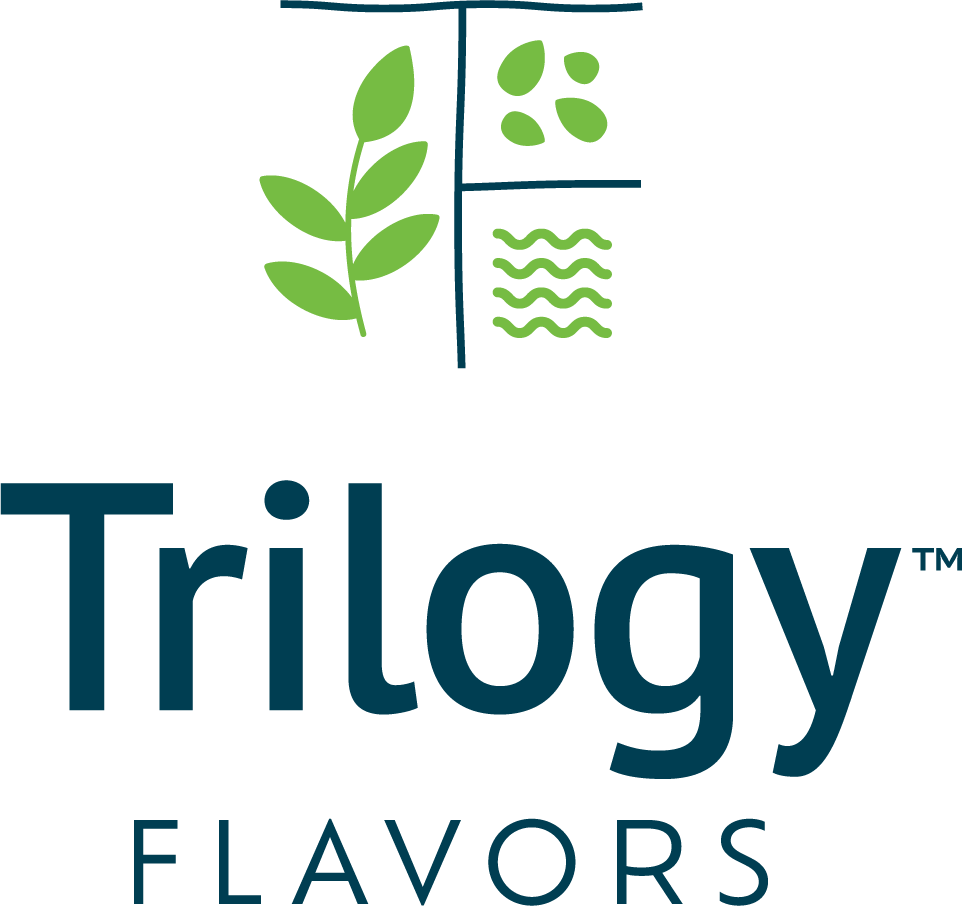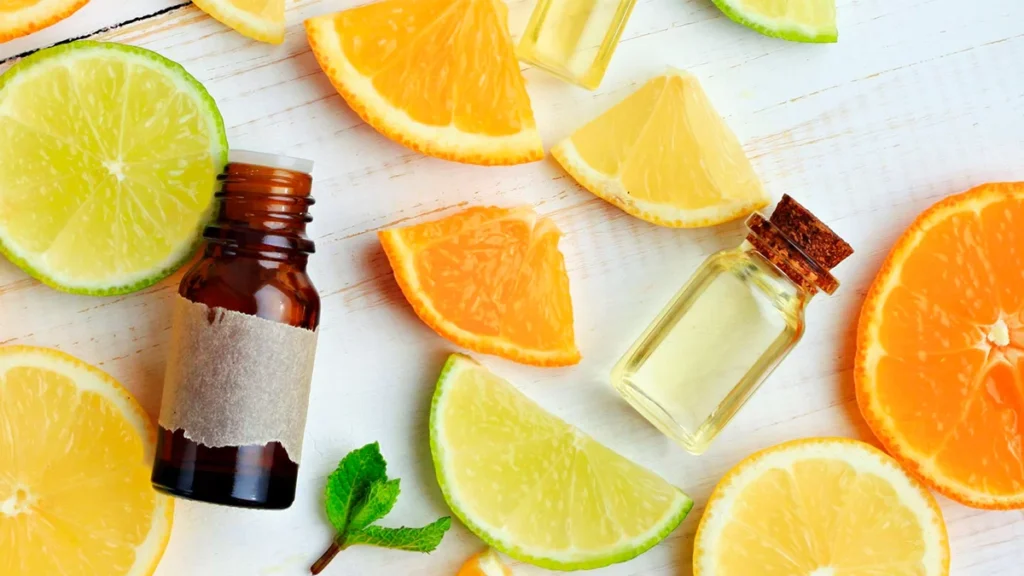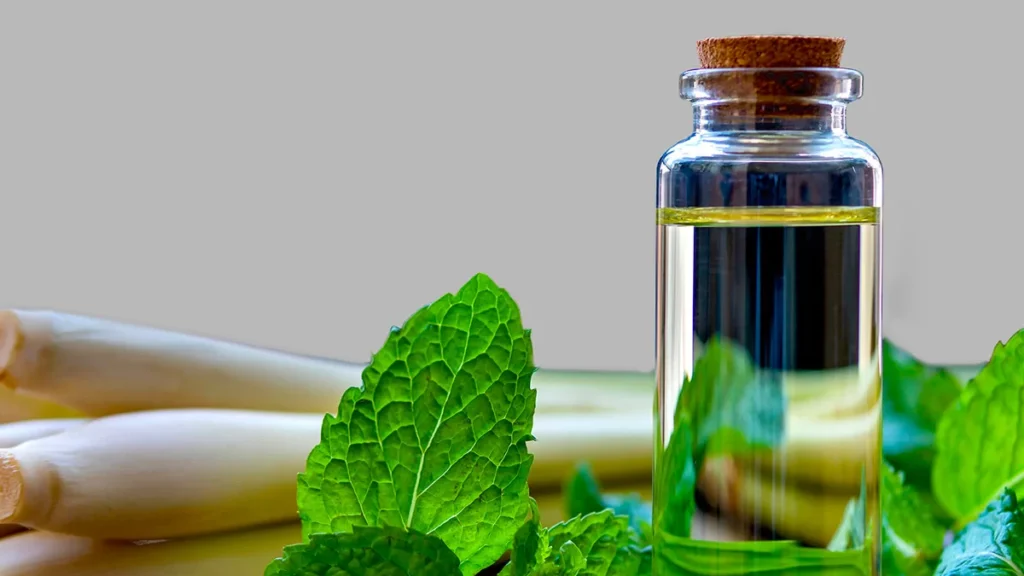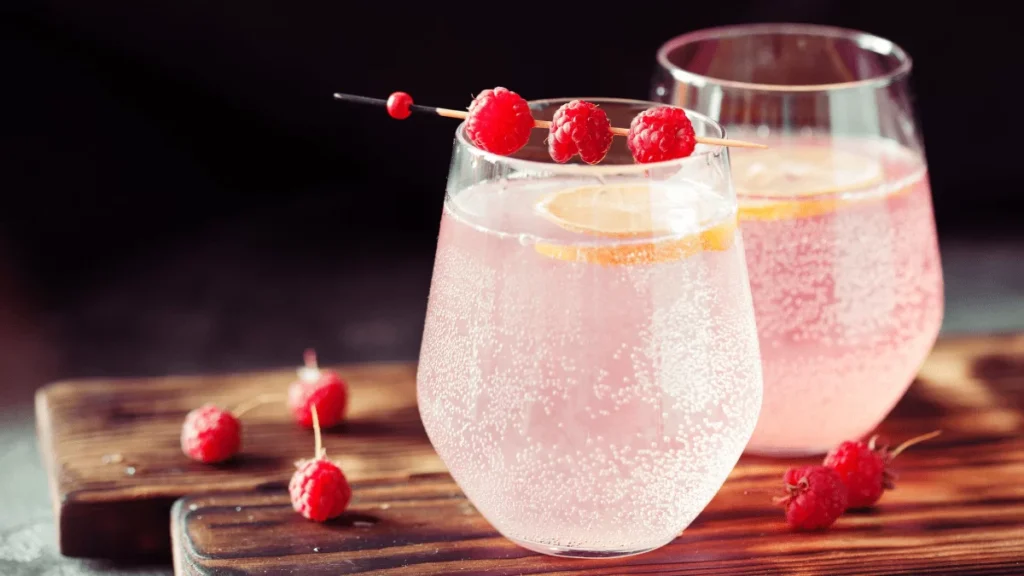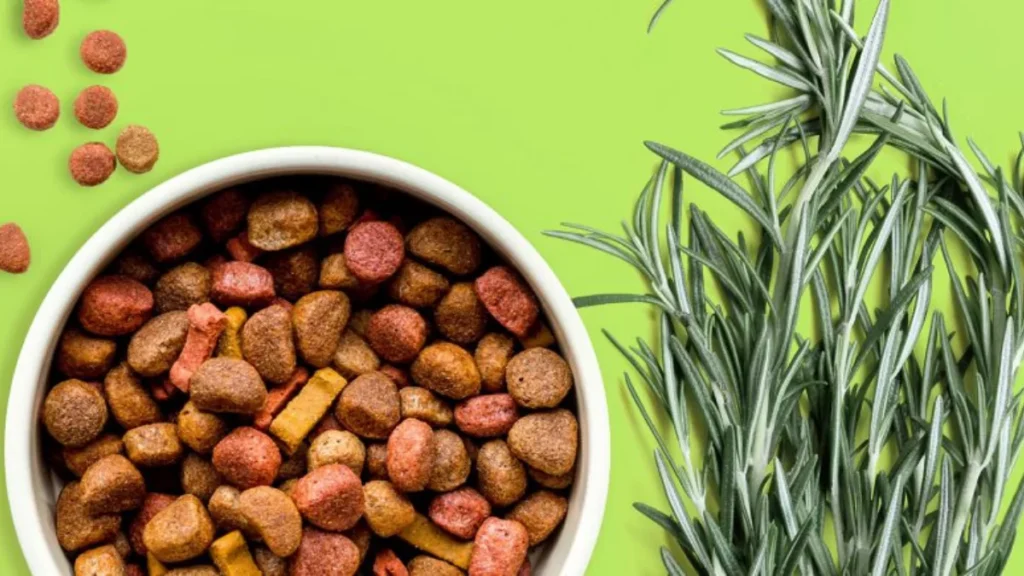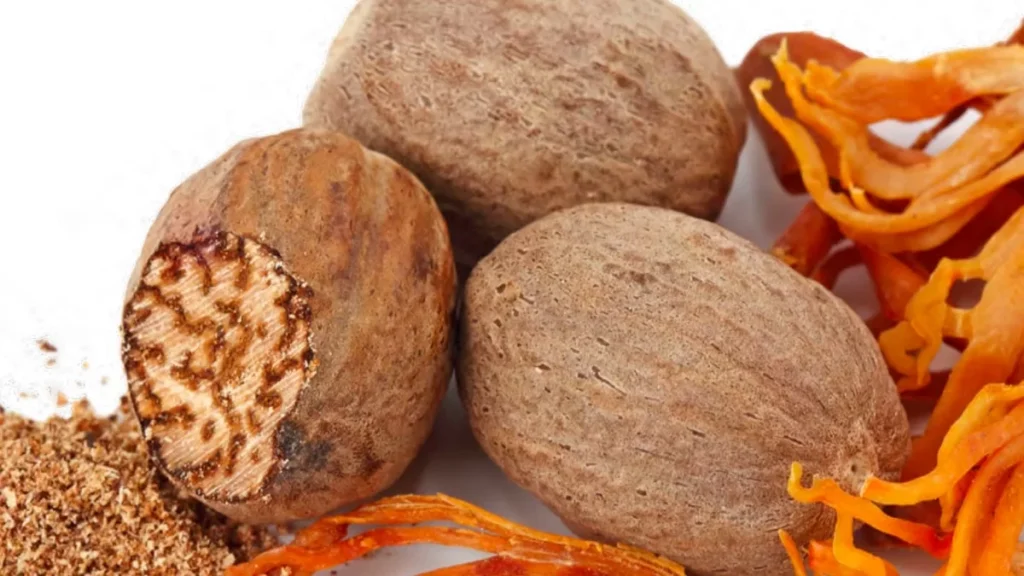From Waste to Wow
In today’s food and beverage landscape, sustainability isn’t just a buzzword — it’s a creative catalyst. As manufacturers search for ways to reduce waste without compromising on quality or taste, a surprising hero has emerged: upcycled ingredients. Once destined for compost piles or landfills, these byproducts are now sparking innovation in the flavor world, offering bold new possibilities for natural flavor formulations, enhancers, and liquid seasonings.
But how exactly does yesterday’s orange peel or coffee cherry inspire tomorrow’s flavor breakthrough? The answer lies in the intersection of science, creativity, and a growing demand for more sustainable solutions. At the forefront of this flavorful evolution are experts who know how to unlock the hidden potential within these overlooked ingredients — transforming what was once discarded into something deliciously unexpected.
What Are Upcycled Ingredients?
At its core, the concept of upcycled ingredients is simple: take what would have been discarded during food production and give it a second life — not as waste, but as a valuable, flavor-rich resource.
These ingredients often come from the byproducts of fruits, vegetables, grains, and other foods that are processed for mass consumption. Think of citrus peels left behind after juicing, spent grains from brewing, or fruit pulp from purée production. Rather than being tossed aside, these components are collected, processed, and transformed into safe, edible, and surprisingly flavorful materials.
Unlike traditional recycling or composting, upcycling in the food industry focuses on preserving the nutritional and sensory value of these byproducts.
It’s about reimagining what’s left behind — not as scraps, but as building blocks for something entirely new. And with consumers increasingly drawn to clean-label, eco-conscious products, upcycled ingredients are becoming a key player in both sustainability initiatives and flavor innovation.
By turning waste streams into wonder ingredients, the food industry is tapping into a new dimension of creativity — and flavor scientists are leading the way.
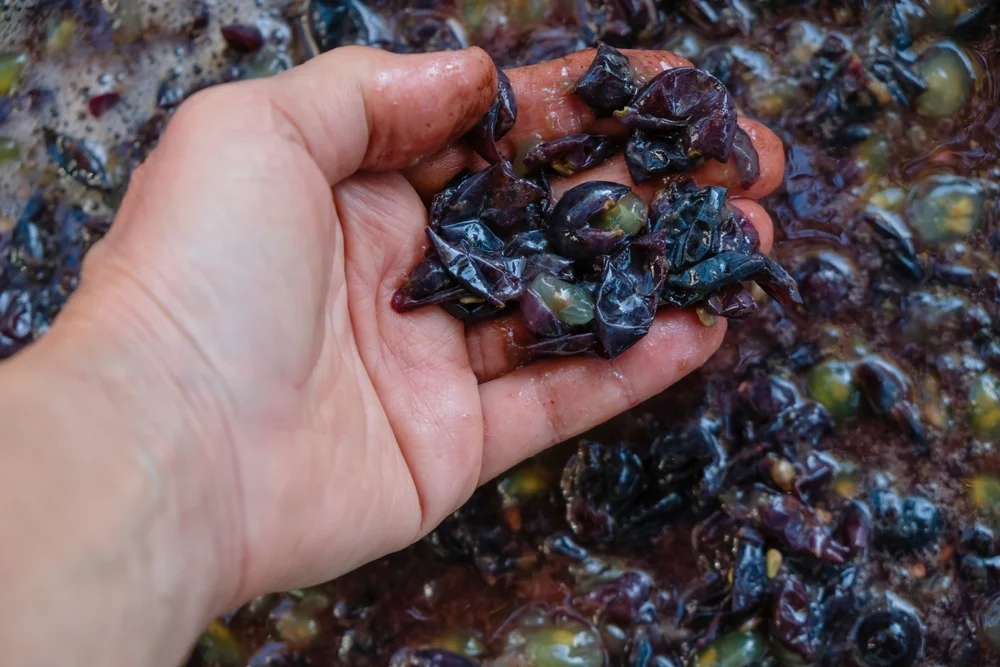
The Flavor Potential of Upcycled Ingredients
Upcycled ingredients aren’t just a sustainable choice — they’re a flavorful one. Because they originate from real, whole foods, many of these byproducts retain concentrated taste profiles that can bring unexpected depth and character to new formulations. In fact, their complexity often enhances the final product in ways conventional ingredients can’t match.
Consider the bright bitterness of citrus peel, the deep earthiness of spent coffee grounds, or the natural sweetness found in fruit pomace. These components aren’t just usable — they’re desirable.
Flavorists are discovering that upcycled ingredients offer a wide spectrum of sensory experiences, from bold umami notes to delicate fruity undertones, perfect for everything from savory sauces to natural beverage enhancers.
What makes them especially exciting is their versatility. Because upcycled sources can vary depending on seasonality, region, and supply chain, they open the door to dynamic, ever-evolving flavor development. That variability invites experimentation — and in the hands of experienced scientists, it becomes an opportunity to craft entirely new flavor experiences that appeal to adventurous palates and sustainability-minded consumers alike.
Additional Reading: The Rise of Umami: Why This Flavor Profile is Gaining Popularity
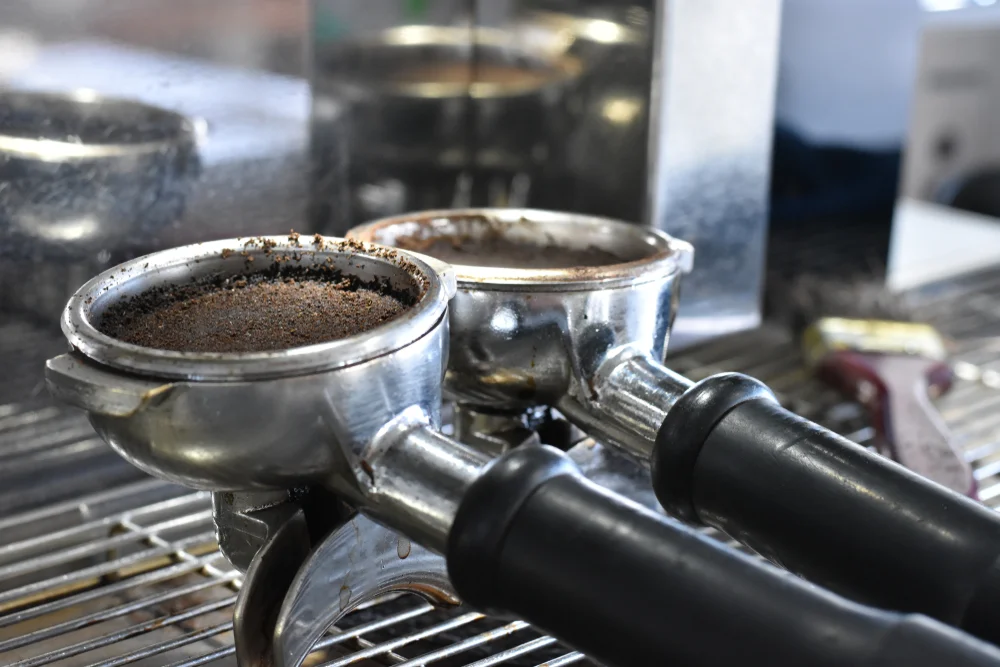
Innovation in Action: Flavor Creation Through Upcycling
Behind every bold new flavor lies a blend of curiosity, science, and resourcefulness — and upcycled ingredients are becoming key players in that creative process.
Flavorists are increasingly turning to these unconventional raw materials to inspire everything from natural flavor enhancers to complex reaction flavors that mimic slow-cooked, roasted, or caramelized notes.
Take citrus peels, for example. Once a juicing byproduct, they’re now being reimagined as bright, zesty components in liquid seasonings or sweet-savory marinades.
Spent coffee grounds, known for their rich, roasted aroma, can lend depth and umami to savory sauces or plant-based meat alternatives.
Even fruit pomace — the pulpy residue left behind after juicing — is finding new life in natural flavor formulations for beverages, snacks, and bakery items.
What makes this innovation so exciting is the scientific precision behind it. It’s not just about blending leftover bits together — it’s about understanding how each upcycled ingredient behaves, how its flavor evolves through processing, and how it interacts with other components in a formulation.
At companies like Trilogy Flavors, flavor scientists explore these possibilities with both creativity and technical expertise, crafting flavor solutions that are as sustainable as they are sensory-rich.
In this space, every discarded peel or pulp is a potential source of inspiration — and every flavor is a chance to tell a new story.

Why Food Manufacturers Are Leaning Into Upcycled Ingredients
Sustainability is no longer a niche concern — it’s a business imperative. For food and beverage manufacturers, embracing upcycled ingredients offers a rare win-win: a way to reduce environmental impact while creating unique, consumer-friendly products that stand out on the shelf.
One of the biggest drivers is the growing demand for transparency and sustainability in food production. Today’s consumers are reading labels more closely, asking where their food comes from, and choosing brands that align with their values.
By incorporating upcycled ingredients, manufacturers can respond to that demand while supporting circular economy principles — reducing waste, conserving resources, and turning byproducts into value-added components.
There’s also a compelling financial case. Using upcycled materials can help reduce raw material costs, especially when those ingredients are sourced from existing supply chains. And thanks to advancements in processing and flavor science, these ingredients are no longer limited to low-cost fillers — they’re becoming premium components that elevate both taste and nutritional profile.
Certifications like the Upcycled Certified™ mark from the Upcycled Food Association are helping build consumer trust and industry credibility, giving manufacturers a clear path to communicate their commitment to sustainability.
In short, upcycled ingredients offer manufacturers a way to innovate responsibly — creating products that taste good, do good, and resonate with today’s eco-conscious market.
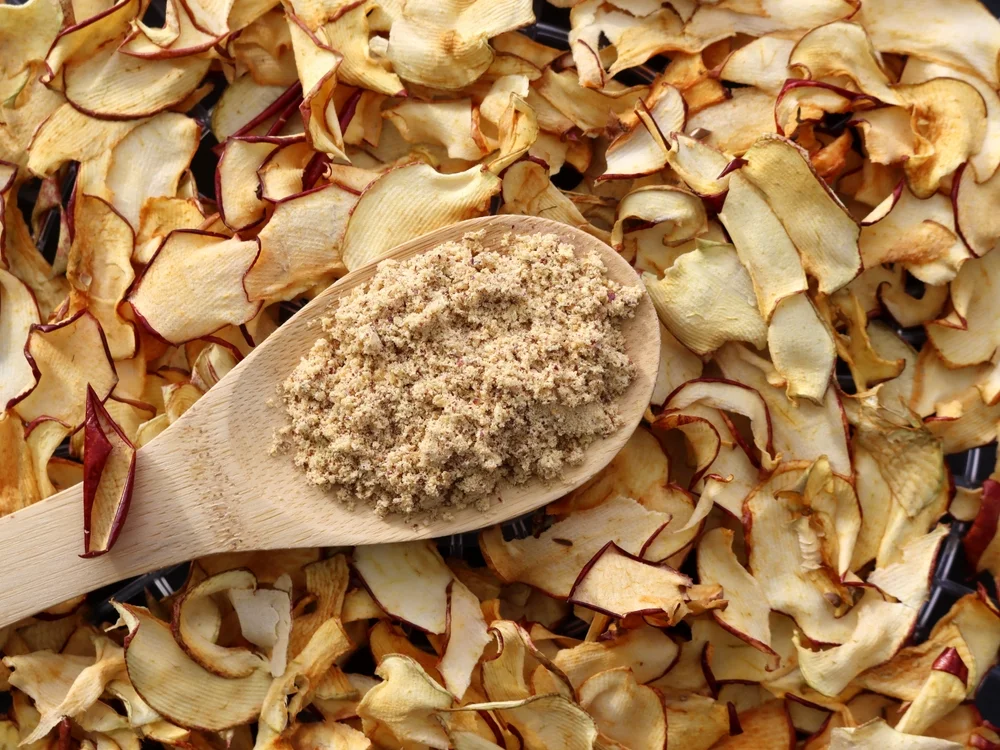
The Trilogy Flavors Method
At Trilogy Flavors, the art of flavor creation is grounded in both scientific expertise and a deep respect for nature’s potential — including the untapped promise of upcycled ingredients. With decades of experience in crafting natural flavor formulations, liquid seasonings, and reaction flavors, the team understands that great flavor often begins in unexpected places.
Trilogy’s flavor scientists take a thoughtful, data-driven approach to exploring upcycled sources. Whether it’s identifying flavorful compounds in fruit pomace or unlocking savory depth from fermented vegetable pulp, each formulation begins with careful analysis, targeted extraction, and a creative mindset.
The goal is always the same: to deliver consistent, high-performing flavors that meet the demands of clean-label, sustainable products — without compromising on taste.
As upcycled inputs continue to evolve, so do the possibilities. Trilogy’s cross-functional team of experts collaborates closely with food and beverage manufacturers to develop custom flavor solutions that make the most of what nature (and the supply chain) already provides. It is innovation rooted in purpose — and powered by experience.
Additional Reading: The Role of Chemistry in Flavor Creation.
Looking Ahead: The Future of Flavor Is Circular
As the movement toward sustainability accelerates, upcycled ingredients are poised to play an even more central role in the future of flavor development. What began as a creative solution to food waste is quickly evolving into a sophisticated, science-backed approach to crafting the next generation of natural flavors.
With advances in processing technologies and a deeper understanding of flavor chemistry, the possibilities are expanding. We’re already seeing exciting developments like fermented upcycled inputs that bring layered complexity to savory profiles, and AI-assisted analysis helping identify flavor compounds in byproducts previously considered unusable.
For flavorists, this opens up an ever-growing pantry of ingredients — and for manufacturers, it unlocks opportunities to stand out with bold, purpose-driven products.
As consumers continue to seek clean, ethical, and innovative options, the use of upcycled ingredients is no longer just an eco-friendly choice — it’s a strategic one. The flavor industry is shifting from linear to circular thinking, and that shift is redefining what’s possible in taste.
Additional Reading: Future Directions in Flavor Development: Sustainability and Health Trends
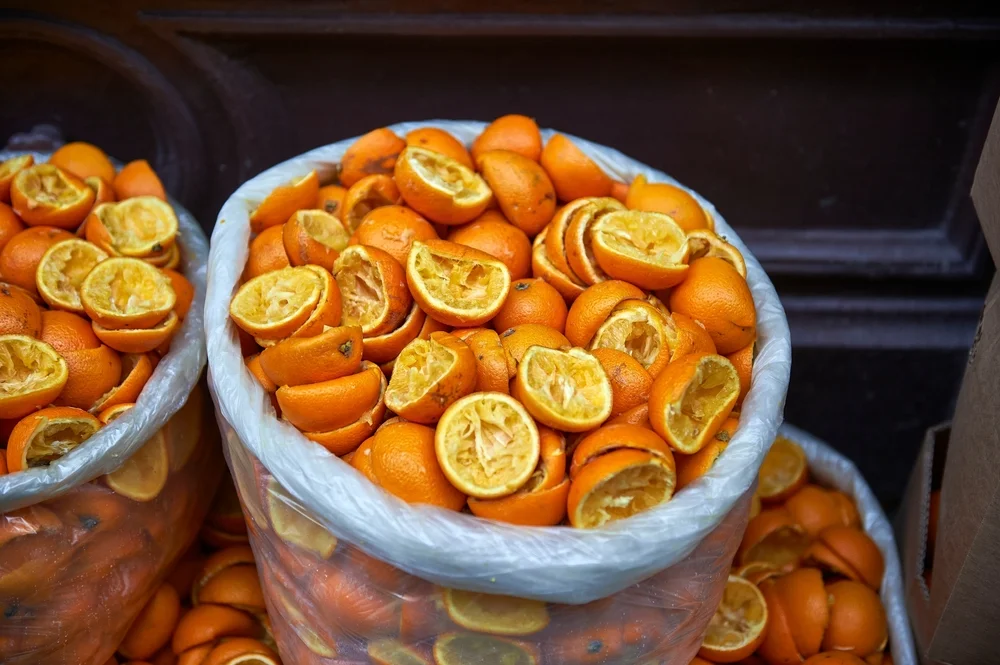
Conclusion: Waste Not, Want More Flavor
The rise of upcycled ingredients marks a new chapter in flavor innovation — one where sustainability and creativity go hand in hand. By turning overlooked byproducts into high-value components, flavor scientists are challenging conventional thinking and helping shape a more responsible food system, one formulation at a time.
For manufacturers, it’s a chance to meet today’s demands while preparing for tomorrow’s opportunities. And for innovators like the team at Trilogy Flavors, it’s a chance to keep pushing boundaries — discovering new flavor possibilities in places others might overlook.
After all, flavor inspiration is everywhere. You just have to know where to look.
